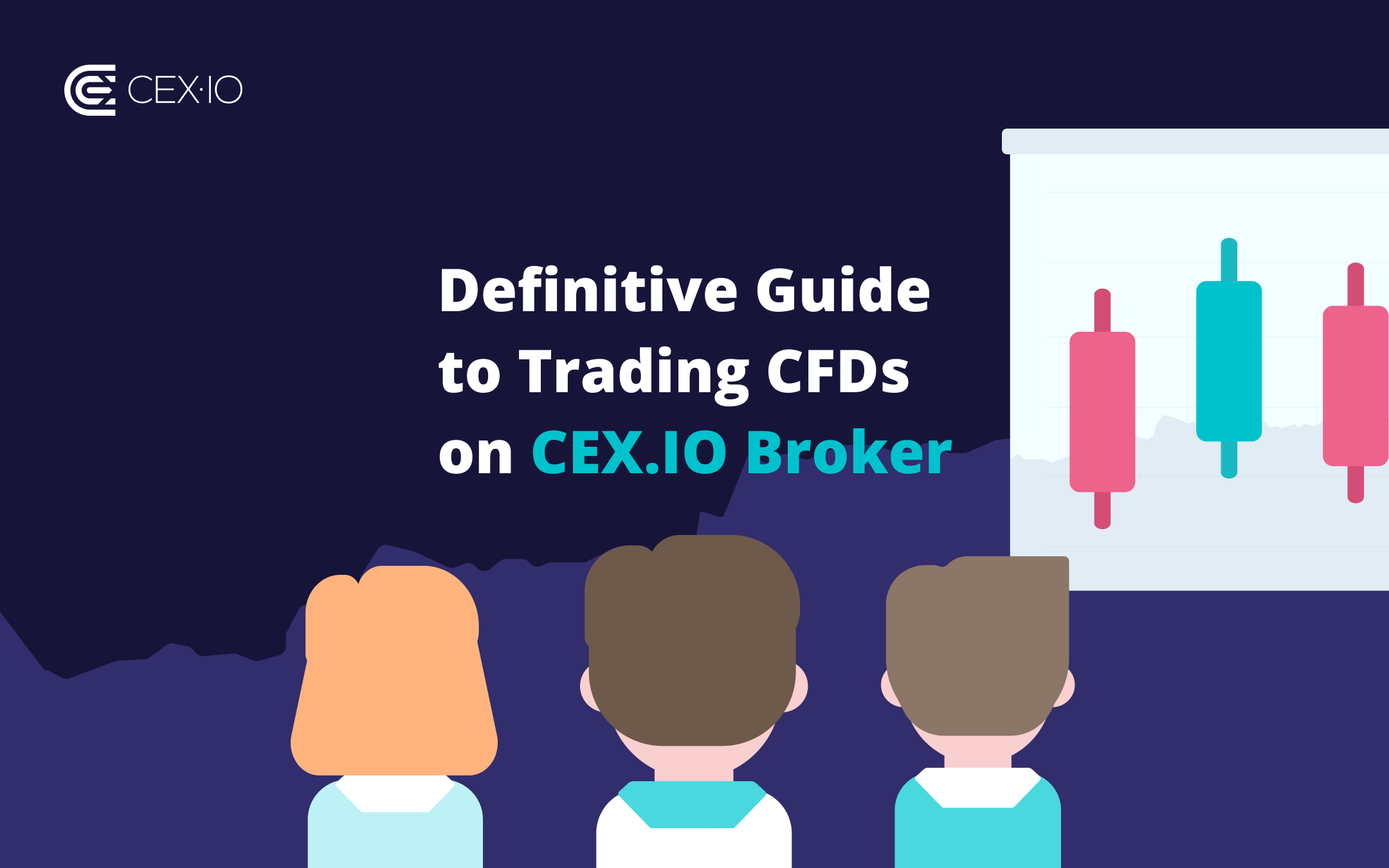Related
Bitcoin Cash Deposits and Withdrawals Enabled on CEX.IO
Having prepared for the appearance of the Bitcoin Cash blockchain, we did our best to split the coins correctly and credit all the BCH funds to our users, according to their Bitcoin balances at the moment of the hardfork. However, we took a break before enabling BCH deposits and
CEX.IO Leads Discussion On Digital Assets During UK Business Summit
CEX.IO is a sponsor for the Better Business Summit. The event is hosted by Hedgeweek, a leading news outlet in the hedge fund industry.
Update on USD Wire Transfers on CEX.IO
We know that USD deposits and withdrawals by bank transfer are vital for many of our customers. We are happy to inform you that we are relaunching USD bank transfers. You are already able to use a service that is even higher quality than before. New partnership for payment
